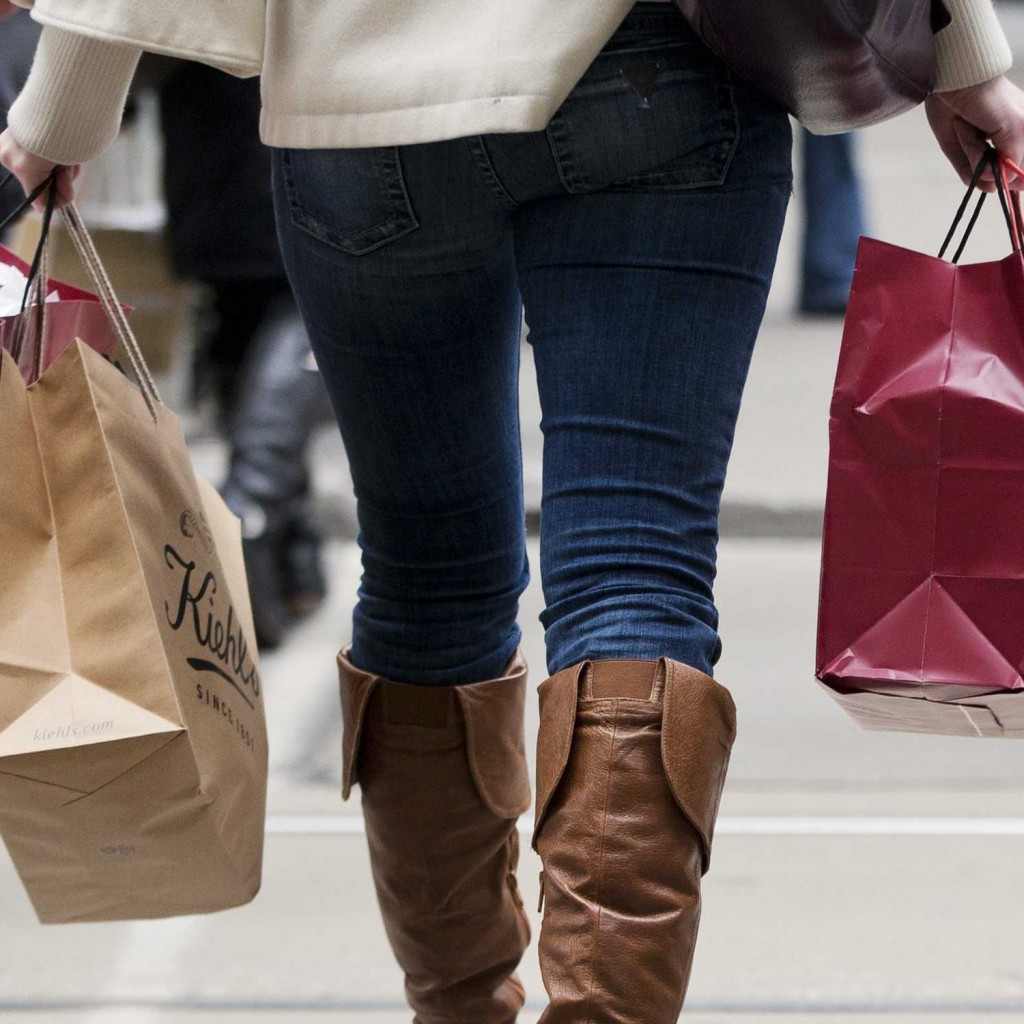
Sunshine State sellers should beat 2017’s year-end shopping sales, according to the Florida Retail Federation, the state’s premier vendor association.
That’s welcome news to Florida retailers, who typically rely on the swift-approaching days of festivities for 20-40 percent of their yearly sales.
And “this time of year shines the spotlight even brighter on retailers and their impact,” FRF President and CEO Scott Shalley told reporters Wednesday.
FRF anticipates holiday sales to increase 4.5 percent from last year, a result of strong statewide economic indicators like low unemployment, record-breaking tourism and healthy consumer confidence.
“Holiday shopping is vital to the success of Florida’s retail industry and we are excited about the continued growth in sales for 2018,” added Shalley.
Healthy national projections paint a good image for Florida retailers, who typically outperform or match the country’s expectations.
Across the U.S., consumers on average are anticipated to spend more than $1,000 on holiday items in 2018, a significant increase from last year’s $967 total. Gifts comprise more than half of that projection, with other holiday accessories like food, decorations, flowers, and personal gifts making up the rest. This forecast excludes restaurant and gasoline sales.
The National Retail Federation, which conducts a survey to gauge the country’s shopping habits and is responsible for the national sales projections, predicts 55 percent of Americans will split their purchases evenly online and in department stores.
Meanwhile, a smaller majority should open their pocketbooks in discount stores, with around 44 percent going to grocery stores, 33 percent to clothing stores and 24 percent to electronics stores.
Pomsies, Fur-Real Pets, the Fortnite Version of Monopoly and Hatchimals should join perennial bestsellers like Barbies and LEGOS and Nerf Toys, Shalley noted.
As well, any accessory tied to the “Harry Potter” and “Jurassic World” movies or the Fortnite video game could see popular demand.
According to national projections, most shopping will be started ahead of December.
A great majority (60 percent) of those surveyed by the NRF said they’d wait until November to get going on their shopping lists. The bulk of the remaining respondents said they’d start as early as September (18 percent) or October (21 percent).
A piece of advice from FRF: Don’t hold out for “better” deals, as retailers are evolving with consumers who overwhelmingly choose to start shopping weeks in advance of the big end-of-year holidays, and are being careful not to overstock on inventory.
In Florida, retail jobs account for one out of every five occupations, employing about 2.1 million Floridians in total.
Shalley attributed the size of the state’s industry in part to Florida’s healthy tourism numbers, expected to continue to grow.
“Tourism in Florida plays a huge role in the retail industry,” Shalley said, saying many tourists “leave the state with more than they arrive with.”


